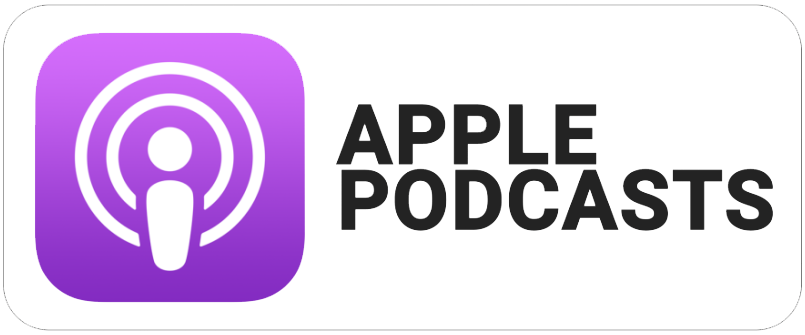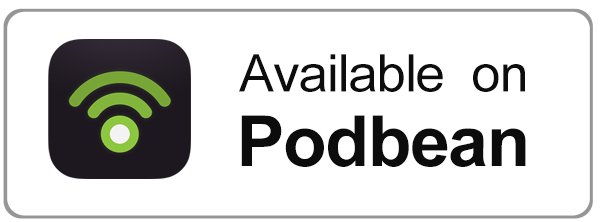Transcript
Hello listeners. We are excited to BLaST the Airwaves with you today and provide educational solutions for all. My name is Rebecca Gibboney and I am the Curriculum and Online Learning Specialist here at BLaST Intermediate Unit 17. I am thrilled to welcome you to this episode of BLaST the Airwaves.
We have spent these past couple of episodes focusing on feedback specifically; but, you can’t have feedback without assessment. What does assessment look like in this world we are living in right now?
Many educators are thinking about this right now; but let me tell you this, if your students can Google an answer, you probably need to rethink your assessment. Yes, it’s easier to use that multiple choice exam or that quick auto-graded assessment you used last year; but, what are the students learning then? How to Google?
Now is the time to reimagine, rethink, assessment. It is time to make learning experiences authentic and give your students real-world experiences that are at their fingertips. Often, we stray away from these kinds of assessments because there is so much room for grading error, so much room for negotiations when it comes to grading. Rubrics are to the teacher’s discretion (or the student’s discretion), and students have more voice and choice and…it can be more time consuming. I get it. I do. But, I want you to think about everything we have discussed previously in this session, and this season, of BLaST the Airwaves. The importance of building positive relationships. The strength of providing meaningful and engaging tasks. The role of practice and feedback. Shifting our mindsets to more authentic assessments and not just a right or wrong assessment is helpful in all of these aspects of effective teaching.
So, let’s talk about the different types of assessment and grading. Let’s picture it in this real-world virtual setting.
Formative assessments.
Exit slips. You can still have them virtually. Sure, it’s not a real-world example, but it helps you check for understanding and know what direction you might need to take for your future lessons. Simple questions on Google forms, Microsoft surveys, Socrative, and other programs help to gauge where our students are after a lesson.
Polling. Give some student voice and choice by adding some virtual polls to the conversation. Many of the virtual platforms have polling systems already built in but I also love using programs like Answer Garden and PollEverywhere.
Summative assessments.
Project-based learning. Authentic assessments. Genius projects. Choice boards. There are so many options for summative assessments. It moves more from rote memorization and learning simply for a test to something more real…something more authentic. The learning becomes meaningful for students and they are able to see the long-term benefits. The importance with summative assessments, whether you are using projects or tools within your LMS, is to teach your students academic honesty and ethical decision-making.
When teaching in brick and mortar, sure, we have these conversations; but, we are there to “babysit” as we assess our students. We pace the rows, back and forth. Eyes peeled. But, we aren’t there to do that virtually. With that being said, these conversations become more real. We must be proactive and we must trust our students.
I recently read a screenshot of a student response on Twitter. The teacher posed the question, “what is one thing you would change about your classes/school?” The student responded: “It isn’t about learning, it’s about turning in things on time.” The student continues to express the emotional state she or he is in and is experiencing and how teachers should focus less on the checklist and more on the checkpoints.
Pause. Take in this comment
Focus less on the checklist and more on the checkpoints. Yes, we need to assess to see student progress; but, if you are looking at your content as a checklist you are going about this all the wrong way. These assessments are checkpoints. A time to re-engage with students. To touch base with them both academically and emotionally.
We give them formative and summative assessments. Again, both for academics and the socio-emotional checkpoints; but, what do we do with the results? If you recall, in one of the previous episodes we pointed out that it isn’t the assessment itself but more so the feedback we provide and the instructional shifts we make as a result of the assessments that make us effective.
So, let me ask you this, and we’re going to go a little deep here, but what do your grades really mean for your students? Is Tracy’s “A” really a reflection of her learning or a reflection of her behavior? Let me get on my soapbox here for a little because this is something that as an Instructional Coach, I have been toying with for years. The idea behind grading for mastery versus grading for compliance.
I urge you, please do not fall into the habit of grading for compliance when teaching in the virtual world. Don’t get me wrong. There is a time and a place for these non-academic indicators. Maybe a citizenship grade or a self-regulation grade or a student grade. These are the habits we are trying to build with our youth. These are conversations. These are skills that students learn over time. This is mentorship. That is not something you put a grade on.
However, they should not inflate a student’s grade so that the grade does not resemble the learning taking place. The majority of the final grade should be determined by results from summative assessments. This will eventually teach students to value their participation and self-regulate as they get older; and, with time they will learn the correlation of participation and learning.
I have had many conversations with my colleague about this topic and I know many educators across the nation have this same conversation. It is okay. We can agree to disagree; but, just like Fisher and Frey encourage in their book, I, too, reinforce that grading still needs to be part of the discussion with your colleagues and your students no matter the learning environment.
As an educator it is your job to promote learning. Learning takes place when feedback occurs and feedback only occurs when there is some form of assessment taking place. That cannot go away, formal or informal. You, yourself, commit to focusing on learning and the language of learning in your own classroom.
We would like to thank you for blasting the airwaves with us today. If you like the show, please subscribe or leave a review. If you want to know more. Check out www.iu17.org for further resources and show notes. As always, we want to thank you for what you do every single day. Remember, keep shining. We’ll be back next episodes to provide you another educational solution for all as we continue to transform lives and communities through educational services.
Additional/Suggested resources mentioned in the episode:
The Distance Learning Playbook by Douglas Fisher, Nancy Frey, and John Hattie
BLaST Intermediate Unit 17 – www.iu17.org
Professional Learning Opportunities at BLaST IU 17 – https://www.iu17.org/professional-learning/



